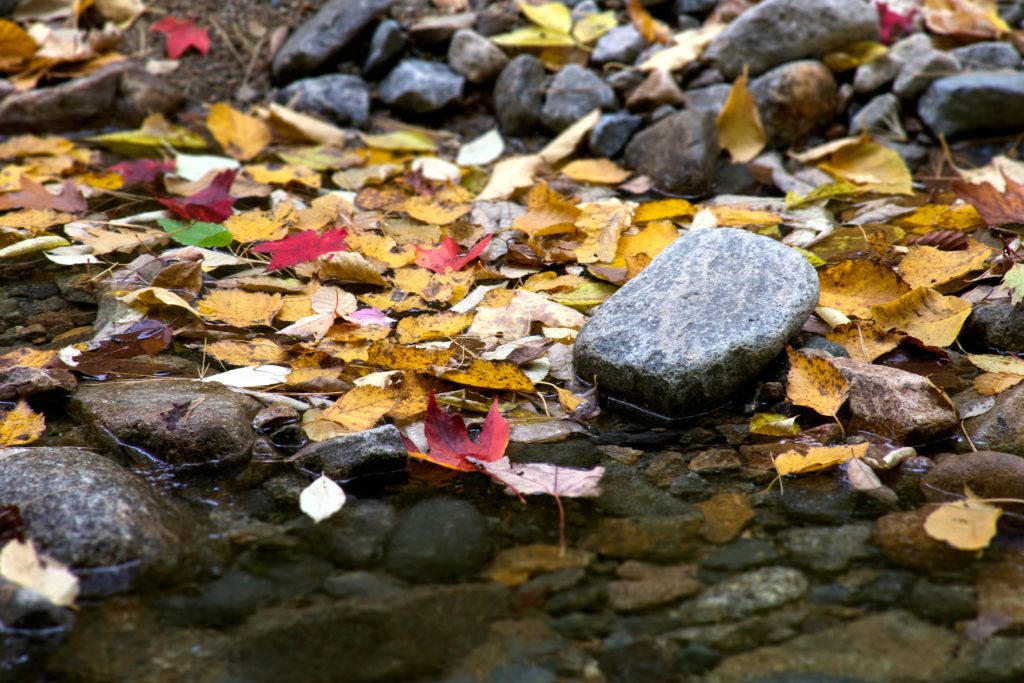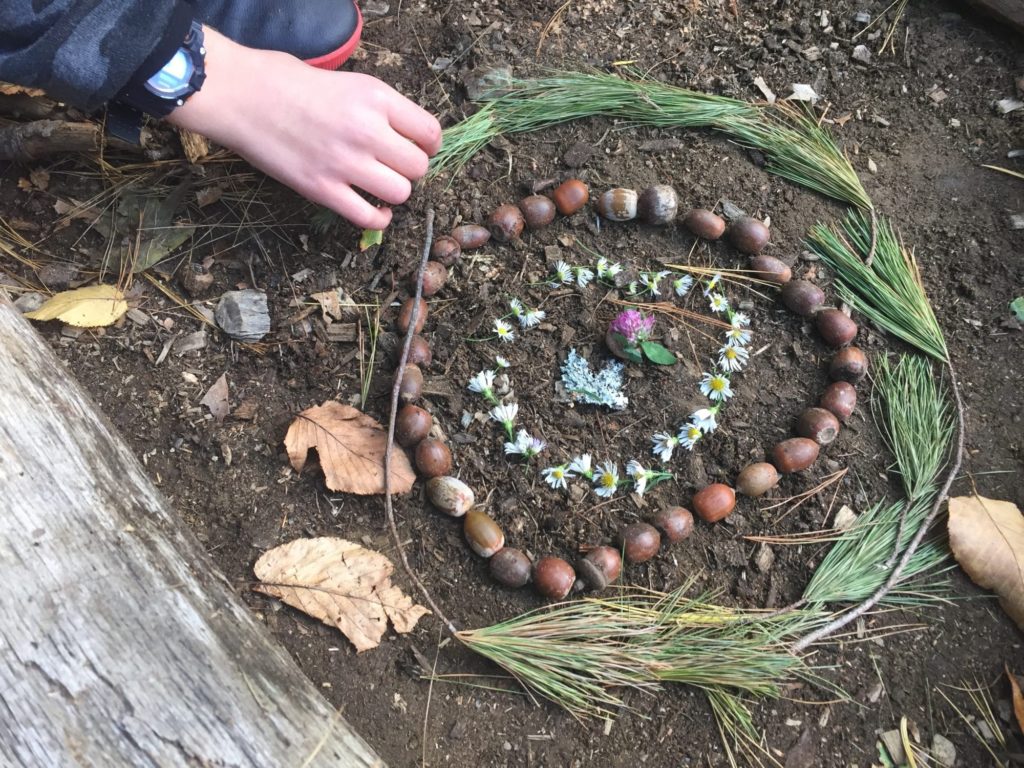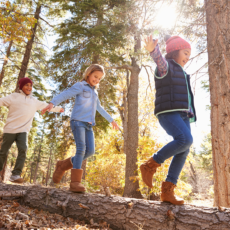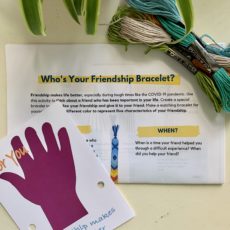I don’t know about you, but lately I’ve been feeling overwhelmed just existing in the world. As the COVID-19 pandemic continues, it’s critical that we take care of both our mental and physical wellbeing. Keeping mentally healthy during this time is particularly important for kids, whose brains are still growing and developing.
At Wildwood, one of our favorite strategies to keep kids’ (and adults’) minds healthy is by engaging in mindfulness. Not only are mindfulness practices usually quick and simple, but they can have an impressive positive effect on mood.
What Is Mindfulness?
Mindfulness is any activity which helps us feel and exist in the present moment. It asks us to pay attention to our breathing, surroundings, and internal state without judgment. Put simply, mindfulness wants us to check in with ourselves and how we’re feeling.
The idea behind mindfulness is that paying attention to the present gives us a break from worrying about the future (like our never-ending to-do lists) or the past (what we could have done better yesterday, last year, etc). When we take a mindfulness break, we allow our bodies and minds to calm down–our hearts to beat more slowly, our breathing to be deep, our brain to clear. Finally, when we are calm, we are better able to take on challenges.
Mindfulness benefits adults and kids alike.
For adults, mindfulness practice can, among other things, help boost working memory (like that name your co-worker just told you), reduce stress, and lessen emotional reactivity to frustrations (like when you get stuck in traffic).
For kids, mindfulness helps them identify how they’re feeling and shake off some of the stresses of school or other activities. Practicing mindfulness can help enhance kids’ kindness, patience, impulse control and attention spans.
What Does Mindfulness Look Like?
Mindfulness can look different for everyone. Folks who are good at sitting still might find that meditation is how they enjoy practicing mindfulness. For others, it might look like paying attention to all of the flavors, sounds, textures, and smells that accompany eating a piece of candy. It might be blowing bubbles, filling in a coloring page or “square” breathing (in for 4, hold for 4, out for 4, hold for 4, repeat). Personally, I’ve been enjoying walks around my neighborhood lately. I love the sound of leaves crunch under my sneakers and the feeling of wind and sun on my face.
Google offers endless ideas, but whatever mindfulness looks like, the important thing is to get in tune with your senses and be present in the moment.
3 Outdoor Mindfulness Activities For Kids
One way to maximize the benefits of mindfulness is to get out into nature. We’ve come up with three kid-friendly activities that you can do outside.
1. Sensory Scavenger Hunt
If you’re short on time, a sensory scavenger hunt is a super easy, quick mindfulness activity. The hunt asks kids to write down things they see, hear, smell, feel, and taste while outside, bringing fun and attention to the present moment. We put together the sheet below for you to use, but you can come up with your own too!
2. Nature Art
If you have a little more time (and patience), nature art is an engaging mindfulness activity that doesn’t require purchasing extra materials. To create nature art, kids simply gather natural materials in the backyard or at the park, and then use those materials to create a picture on the ground. (This works particularly well when the leaves are changing colors!).
3. Rock Throwing
If you’re near a body of water and have some frustration to let go of, consider throwing rocks (always throwing into the water, away from people). Pay attention to the sounds different sizes of rocks make as they hit the water. Does it sound different if you throw the rocks farther? Ask questions about how the splashes look different, how different rock textures and weights feel.





